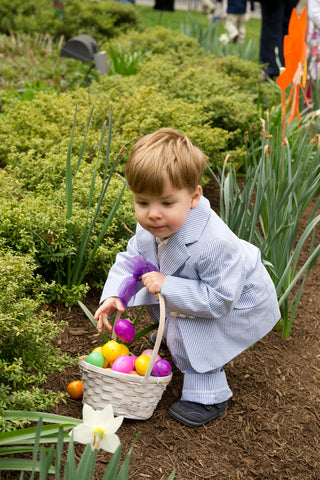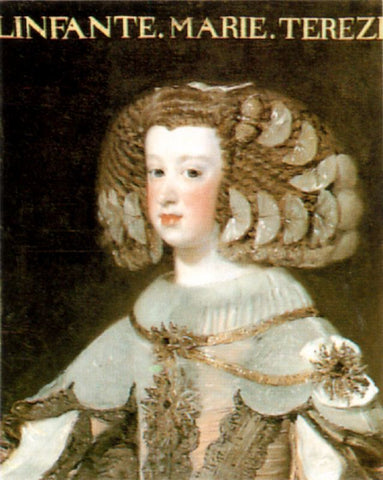The Sweet History of Easter Eggs

Is there any sweeter memory than waking up early Easter morning and scrambling out of bed in search of sweet treats? The brightly colored boiled eggs we dyed the day before mingled in hidden baskets with equally vivid jelly beans, and of course, the foiled wrapped chocolate egg!
But when did the chocolate egg become linked to the holiday?
Like many modern holiday traditions, making eggs from chocolate is a tasty twist on ancient religious rituals. The egg itself is a symbol of life and renewal in many cultures.
Throughout history, people have been celebrating the arrival of Spring after the long dark nights of winter. Jewish people typically celebrate Passover (or Pesach) in March or April, observing the Exodus. For Christians, Easter is a remembrance of the resurrection of Jesus Christ. The date is the first Sunday after the first full moon of the vernal equinox – or the beginning of spring.
Early Christian tradition called for the faithful to abstain from meat during Lent. In Medieval Europe, observant Christians also went without eating eggs, so they boiled those laid in late winter to preserve them. In anticipation of finally eating them on Easter morning, customs of decorating eggs in festive colors and playing games, such as hiding or rolling them, developed. Brightly colored eggs became a symbol of the sunlight of Spring.
Greeks colored eggs red to represent the blood of Christ. Germans colored eggs green on Maundy Thursday and hung the hollowed shells on trees to encourage the buds of Springtime. Ukrainians and Austrians created intricate patterns using wax or plants as a masking method to apply various colors. In Poland, eggs were painted gold or silver.
As the Middle Ages came to an end in Europe, the Age of Discovery led to global exploration. Christopher Columbus brought cacao to the court of Spanish King Ferdinand and Queen Isabella. Six generations later, in Spring of 1615, Spanish Princess Maria Theresa presented her fiancé Louis XIV of France an ornately decorated basket filled with chocolate. This union of the major crowns of Europe also helped further the spread of chocolate throughout Europe.
The first sweet eggs were made of sugar or marzipan. In Germany and France, the earliest chocolate Easter eggs were solid, made from roasted cacao. By the early 19th century, chocolate became more affordable due to advancements in mechanical processing. It was the mid-1800s when John Cadbury and his brother started making chocolate “for eating." Daniel Peter and Henri Nestlé perfected milk chocolate in 1875. Later, conching machines helped to refine cocoa mass to the smooth consistency that allowed for moulding. Another 40 years later, filled moulded eggs became popular and, in 1963, the Cadbury Crème Egg debuted.
The age old customs of Easter, the hope of Spring and the sharing of chocolate combine so we each enjoy a celebration that is familiar and memorable in our own unique way.

At Davis Chocolate™, we offer chocolate makers unique custom recipes made from the purest ingredients purchased from Fair Trade Certified® farms. We believe our attention to non-GMO ingredients and sustainability helps our customers craft Easter eggs that make everyone Feel Better… Live Better… Eat HealthySM.


